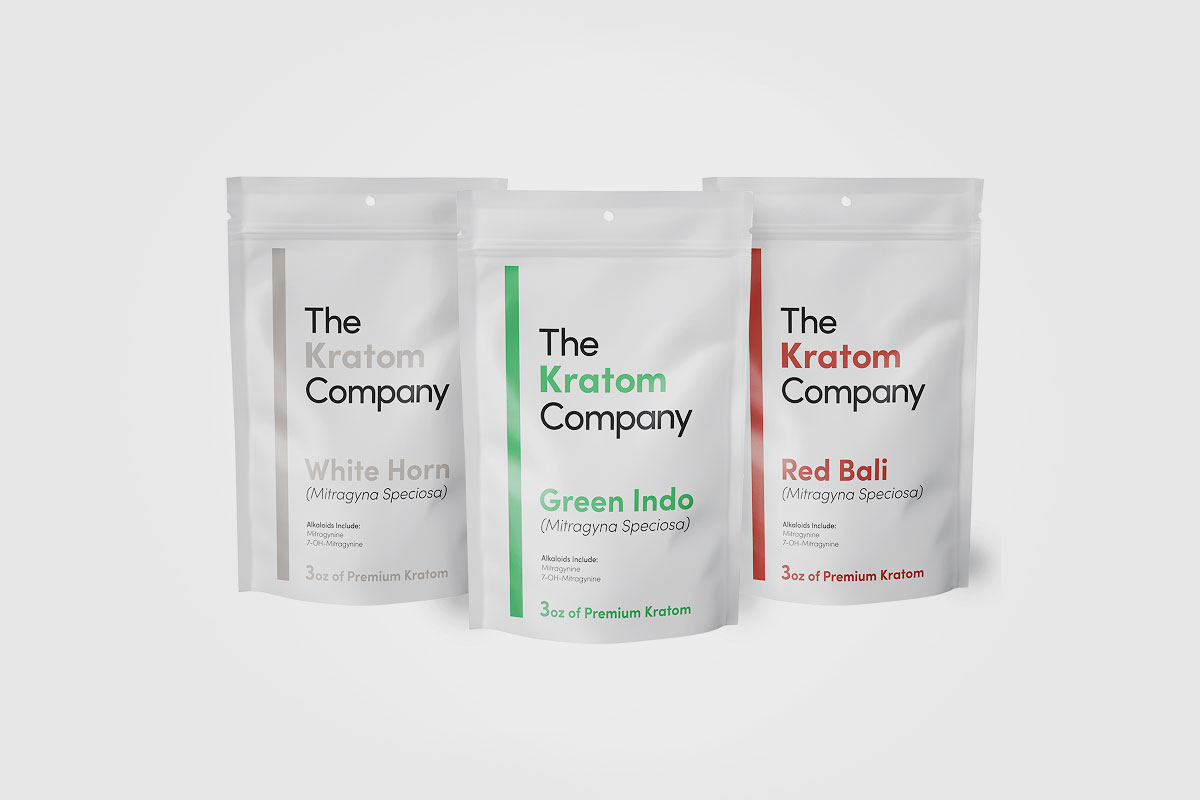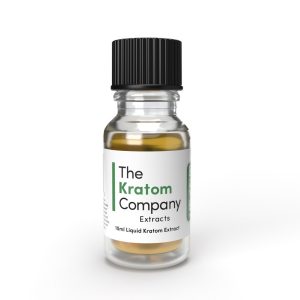Home » Understanding the Research on Kratom and Driving

Understanding the Research on Kratom and Driving
- Anthony Dent, Founding Member
- No Comments
Kratom, derived from the leaves of the Mitragyna speciosa tree native to Southeast Asia, is gaining traction both as an alternative well-being product and a recreational plant. With its growing popularity, understanding its reported effects, particularly on cognitive functions essential for safe driving, becomes imperative. A recent study on kratom and driving offers critical insights into kratom’s impact on driving behavior and performance, shaping the conversation for users, industry stakeholders, and policymakers.
Understanding the Study
The study on kratom’s impact on driving adopted a robust dual-method approach, shedding light on the finer details of kratom use and its implications on driving capabilities among users. This approach combined a broad national survey with an intensive controlled laboratory experiment, offering a comprehensive view of the interaction between kratom and driving performance.
National Survey
The national survey served as the foundational bedrock of this study, engaging 357 individuals who regularly use kratom. This extensive dataset aimed to unravel not only the prevalence of driving with kratom but also the self-perceived ability to manage driving duties effectively while using it. Overwhelmingly, 90% of participants in the kratom and driving study confessed to operating vehicles after using kratom. Such high prevalence underscores a potentially under-recognized behavior among users—suggesting driving after using kratom might mimic the norm rather than the exception.
Participants’ responses revealed an intriguing confidence in their driving capabilities. This self-assurance indicates a possible misalignment between perceived and actual impairment, raising crucial questions about self-assessment accuracy and risk awareness amongst kratom users. In exploring this confidence, the survey provides a lens into user psychology and could spark discussion about cognitive biases or longstanding habits influencing perception.
Controlled Laboratory Experiment
Complementing the survey, the kratom and driving study incorporated a controlled laboratory experiment with a more focused participant group of 10 kratom users. Unlike the survey’s broad qualitative scope, the experiment zeroed in on quantitative performance outcomes. Participants navigated a driving simulator both before and after using their typical amount of kratom, allowing researchers to monitor real-time changes in driving skills under scientifically controlled conditions.
Despite expectations of detectable impairment, the results defied conventional assumptions. Participants showed no significant change in performance metrics, such as reaction time, lane maintenance, or decision-making speed. These outcomes seem to support the users’ self-reported confidence but simultaneously present a paradox. This absence of immediate discernible effects in the kratom and driving study raises pivotal questions about kratom’s longer-term impact, variations across different quantities and kratom strain strengths, and individual differences in kratom metabolism.
Unveiling the Findings of the Study

- High Prevalence of Using Kratom While Driving: The study’s insights highlight a normalization of driving while using kratom within the community—sparking some concerns about the potential consequences on road safety and the urgent need for targeted educational efforts. Although the simulated performance does not support these concerns.
- Simulated Driving Performance: The findings challenge simplistic interpretations of kratom user experiences. The lack of immediate performance degradation suggests that more nuanced factors, potentially including user experience, tolerance levels, and situational adaptability, could mediate kratom’s impact.
Taken together, these dual methods used in the kratom and driving study offer a multifaceted understanding of kratom-linked driving behaviors, underscoring an intricate interplay between user perceptions, actual driving abilities, and the broader implications for public health and safety. The study’s revelations pave the way for informed dialogue and guide both kratom users and industry stakeholders in navigating the complexities of kratom usage responsibly.
Implications for the Kratom Industry
The results from this study carry significant implications for the kratom industry, highlighting an urgent need for various strategic actions:
- User Awareness and Education: The gap between user confidence and potential impairment necessitates comprehensive education about kratom, ensuring users understand both benefits and any potential risks, particularly concerning activities like driving that require full cognitive functions, as highlighted in the kratom and driving study.
- Transparency and Communication: Manufacturers and distributors should prioritize delivering clear informational content about kratom, detailing possible unwanted effects, safe usage guidelines, and any potential impacts on cognitive tasks.
- Regulatory Frameworks: As kratom finds its footing in more markets, policymakers must consider these findings when crafting regulations that safeguard public safety. Guidelines could address permissible usage contexts and establish standards for informing users about responsible use, especially in relation to driving.
The Importance of Continued Research
While this study on the relationship between kratom and driving offers valuable insights, it also lays the groundwork for continued exploration:
- Expanding Research Dimensions: There’s a pressing need for broader studies focusing on varying kratom strains, alkaloid content, diverse experiences, and exploring interactions with other products. Such research could provide a more detailed understanding of kratom’s reported physiological and psychological experiences in different contexts.
- Health Concerns: Investigating kratom’s potential for health risks is crucial. Detailed research could improve public health responses, ensuring a better understanding of its full impact. This better understanding could even lead to policy changes like bringing the KCPA to more states.
Navigating the Future of Kratom

The kratom and driving study highlights a critical juncture for the kratom industry and its community:
- Informed Decision-Making: Users should remain alert to the potential implications of kratom on everyday activities that require heightened cognitive awareness, approaching their daily kratom routine with appropriate caution.
- Industry Responsibility and Leadership: Stakeholders must lead the charge in fostering a culture of transparency, guided by evidence-based practices that prioritize user knowledge and safety above all else.
The Path Forward: Charting Safe and Informed Terrain
In short, the recent study exploring kratom and driving emerges as a pivotal moment, not only providing immediate insights but also shaping long-term perspectives. By emphasizing informed choices among users, recognizing regulatory needs, and committing to sustained research, both the kratom industry and its community can work towards equitable, safe, and understanding-driven use practices.
As we advance, it’s crucial to embrace a future-oriented perspective, ensuring that discussions surrounding kratom remain open, dynamic, and centered around the principles of safety and knowledge-sharing. This approach promises a more informed user base and a responsible industry poised to mitigate risks while maximizing the benefits that kratom can offer as a natural yet complex plant.
Want to learn more about kratom, new strains, the latest research, and legality? Explore our blog further for expert insights and more updates. Buy kratom with confidence at The Kratom Company!
Featured Products
-
 From $24.00Select options This product has multiple variants. The options may be chosen on the product page
From $24.00Select options This product has multiple variants. The options may be chosen on the product page -
 From $24.00Select options This product has multiple variants. The options may be chosen on the product page
From $24.00Select options This product has multiple variants. The options may be chosen on the product page -
 From $24.00Select options This product has multiple variants. The options may be chosen on the product page
From $24.00Select options This product has multiple variants. The options may be chosen on the product page
Explore More Posts
Product Search
Featured Products
-
 Pure Kratom Liquid Extract
Rated 4.72 out of 5From $20.00
Pure Kratom Liquid Extract
Rated 4.72 out of 5From $20.00 -
 Red Vein Bali Kratom Capsules
Rated 4.70 out of 5From $24.00
Red Vein Bali Kratom Capsules
Rated 4.70 out of 5From $24.00 -
 White Horn Kratom Capsules
Rated 4.88 out of 5From $24.00
White Horn Kratom Capsules
Rated 4.88 out of 5From $24.00
Follow Us
Strains
Blogs
NEWSLETTER
Sign up for our newsletter!

These statements and products presented on this website have not been evaluated by the Food and Drug Administration FDA. The products mentioned on this website are not intended to diagnose, prevent, treat or cure any diseases or health conditions. Therefore any information on this website is presented solely as the opinions of their respective authors who do not claim in any way shape or form to be medical professionals providing medical advice. The KRTM Company and its owners or employees cannot be held responsible for, and will not be liable for the inaccuracy or application of any information whatsoever herein provided. By purchasing our products you agree that you are aware and in compliance with your local county, state, or federal regulations. Must be 21 years or older to purchase Kratom. The US FDA has not approved kratom as a dietary supplement. We do not ship to the following states, cities and counties in the US where Kratom is banned: Alabama, Arkansas, Indiana, Rhode Island, Vermont, Wisconsin, Sarasota County, FL, Union County, MS, Denver, CO, San Diego, CA, and Jerseyville, IL.





